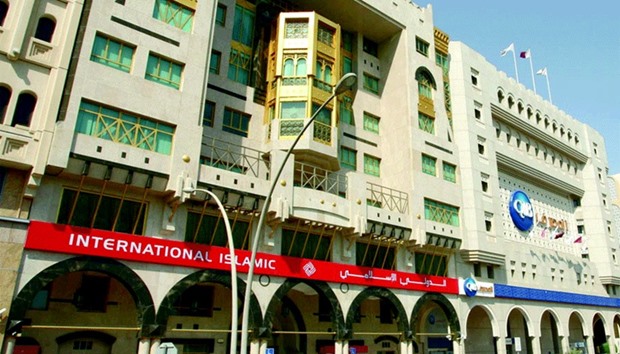Qatari Islamic banks’ short-term high quality liquidity assets to cover monthly net cash outflow is comparable to those of their conventional peers and their funding pressures are to some extent mitigated by frequent bonds and sukuks issuance by the government, according to Moody’s, a global credit rating agency.
“In Qatar, the LCRs (liquidity coverage ratios) of Islamic banks are comparable to those of their conventional peers. This situation reflects the absence of sizable retail deposit franchises among the Qatari banks, coupled with heightened systemic liquidity pressures that had led to banks relying more heavily on market funding,” Moody’s said in a report.
The funding pressures are mitigated somewhat by the frequent issuance of bonds and sukuk by the Qatari sovereign, a situation which provides local Islamic banks with the same good access to HQLAs (high quality liquid assets) as their conventional peers, it said.
The rating agency found that five of the six GCC (Gulf Cooperation Council) countries are Basel III compliant and have introduced LCRs, namely Saudi Arabia, Qatar, Kuwait, Bahrain and Oman; only the UAE has yet to adopt a LCR framework for its banks.
“The LCRs of Islamic banks in key Asian and GCC countries highlight sound liquidity profiles and broad compliance with Basel III regulatory requirements,” it said.
The Basel Committee on Banking Supervision recommended that the LCR minimum standard be implemented starting January 2015, with 100% compliance required by January 2019. National implementation schedules will, however, vary.
However, in a comparison of their LCRs with conventional peers across countries, those Islamic banks with a strong retail focus typically have strong LCRs, but they also face a shortage of Shariah-compliant HQLAs, putting them at a disadvantage relative to conventional banks, according to Moody’s.
Finding that a key driver of LCR performance is the funding profile of banks, it said over-reliance on corporate deposits and unsecured wholesale funding means higher net cash outflows and more pressure on LCRs. However, banks with a greater proportion of retail deposits, considered more “sticky”, typically display solid liquidity coverage, it added.
“In the GCC countries, retail customers tend to be more Shariah aware, providing Islamic banks with a large base of low-cost retail savings deposits, hence supporting their stronger LCRs,” the report said.
However, lower oil prices are reducing overall domestic liquidity in GCC countries, pushing up their reliance on wholesale funding, it said, adding this development could lead to a gradual weakening of the LCR metrics for Islamic and conventional banks.
In Qatar, the segregation of Islamic and conventional banking operations since 2011 has helped Islamic banks to build solid franchises with loyal retail customer bases.
“However, the Islamic banks are not yet large enough to establish a retail base comparable to those of Saudi Arabia and Kuwait,” Moody’s observed.
Islamic banks in the GCC countries have become systemically important and continue to increase their market penetration, outpacing conventional banks, it said.
In Kuwait and Qatar, Islamic finance assets account for around 40% and 29% of the system, respectively; higher than 23% in Malaysia and just over 5% in Indonesia. In Saudi Arabia, where even conventional banks offer Islamic products, Islamic finance assets represent more than 50% of system financing.
Moody’s said further development of domestic sukuk markets will continue to be positive in improving the availability of HQLAs for Islamic banks, particularly in the GCC countries.
The large amounts of cash and bills held by Islamic banks are “positive” from an LCR standpoint, but “negative” from a profitability perspective. However, the governments of Malaysia, Indonesia and Qatar are regular sukuk issuers, providing a more supportive environment for their Islamic banks.

Funding pressures on Islamic lenders are to some extent mitigated by frequent bonds and sukuk issuance by the government, says Moody’s. PICTURE: Nasar TK



